The Transport Salaried Staffs’ Association yesterday (15th October) launched a major new campaign demanding urgent action to clean up the air on the London Underground.
The union’s Clear the Air initiative calls for increased investment in air filtration, ventilation, and more comprehensive air quality monitoring across the network, amid mounting concerns over pollution levels that are among the highest in the world’s metro systems.
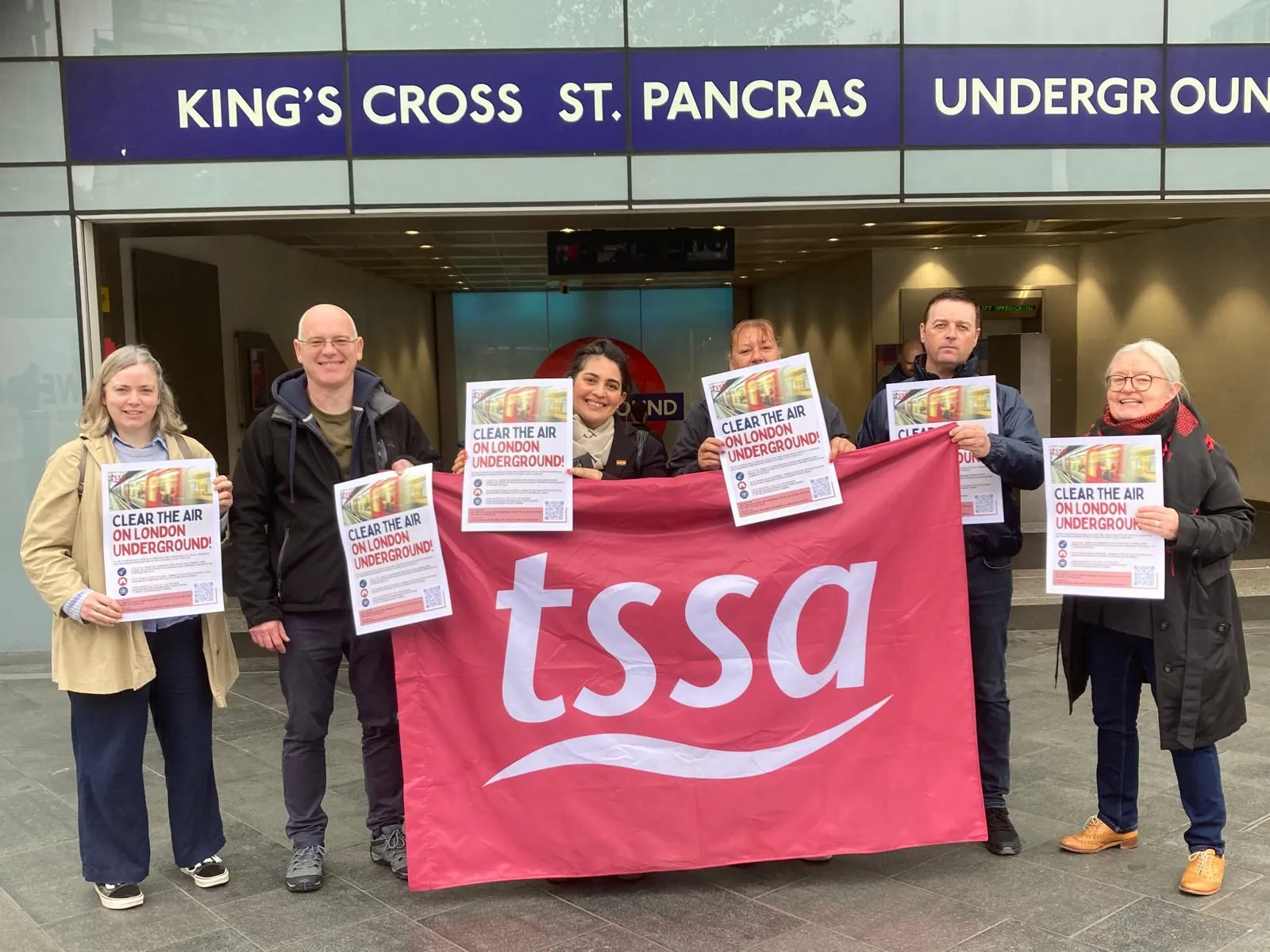
According to TSSA, both Tube workers and millions of passengers are being exposed daily to dangerously high levels of steel particulate matter generated by the friction of trains moving and braking along the tracks. Members have reported being able to taste the metallic dust in the air and seeing it accumulate on surfaces throughout their shifts.
While Transport for London insists that air quality on the Underground currently meets Health and Safety Executive standards, TSSA claim that the HSE standards are unfit for purpose, pointing out that the Institute of Occupational Medicine has described them as ‘unsafe’. They ask that the HSE harmonise their clean air regulations with the more robust IOM standards.
The IOM recommends far stricter limits – 5 mg/m³ for PM10 and 1 mg/m³ for PM2.5 – compared to the HSE’s 10 and 4 mg/m³ thresholds. Studies by King’s College London have shown that PM2.5 concentrations on some Tube lines, including the Victoria, Central, and Northern lines, exceed those found in the metros of Beijing, Mexico City and Seoul.
Despite these findings, only £2 million of the Tube’s £61.5 million cleaning budget – just 3% – is allocated to dust reduction. TSSA representatives were told in recent meetings with TfL that only 16 workers currently clean Tube tracks using vacuum equipment, covering less than half the network each year.
TfL is testing a new cleaning train that could eventually clean the entire 402km network annually, but the union says this is not enough.
The Clear the Air campaign urges TfL and the government to increase funding for cleaning, invest in modern filtration and ventilation systems, and conduct continuous, real-time monitoring of air quality. It also calls on the HSE to harmonise its air quality standards with the more robust IOM guidelines and for the introduction of general indoor air quality regulations for public spaces.
Speaking after the campaign launch at Kings Cross station TSSA General Secretary, Maryam Eslamdoust, said: ‘Our campaign is vital because poor air quality means that the Underground network in London is now one of the dirtiest in the world.
‘The Mayor has rightly made air quality above ground a priority, but so many of us – from people on their commute and children on the way to school, to London Underground workers supporting those vital services – breathe the dust below ground.
‘While some progress has been made on this issue, bringing down dust levels and trialling new technology, we need to build on that work and take things further. Our London Underground members have reported being able to taste it in the atmosphere and see it gradually accumulate on surfaces throughout their working day.’
For their part, TfL point out that it is stepping up efforts to tackle tube dust through its Tube Dust Action Plan, increasing its cleaning budget, trialling innovative dust-reduction methods with private sector partners and focusing on priority areas using industrial vacuum technology.
Lilli Matson, TfL’s Chief Safety, Health and Environment Officer adds: ‘Following the robust research we have supported and commissioned, we now know more than ever about air quality on the Tube.
‘Air quality is an issue for metro systems across the world and London Underground operates well within the Health and Safety Executive specified limits and on most of our network is below the recommended limits advised by the Institute of Occupational Medicine, which are set significantly lower. However, we are not complacent and our independent monitoring has shown that in-station dust levels have reduced by 21% on the Tube since 2019 and that dust levels have reduced by 14% in the driver’s cab.’
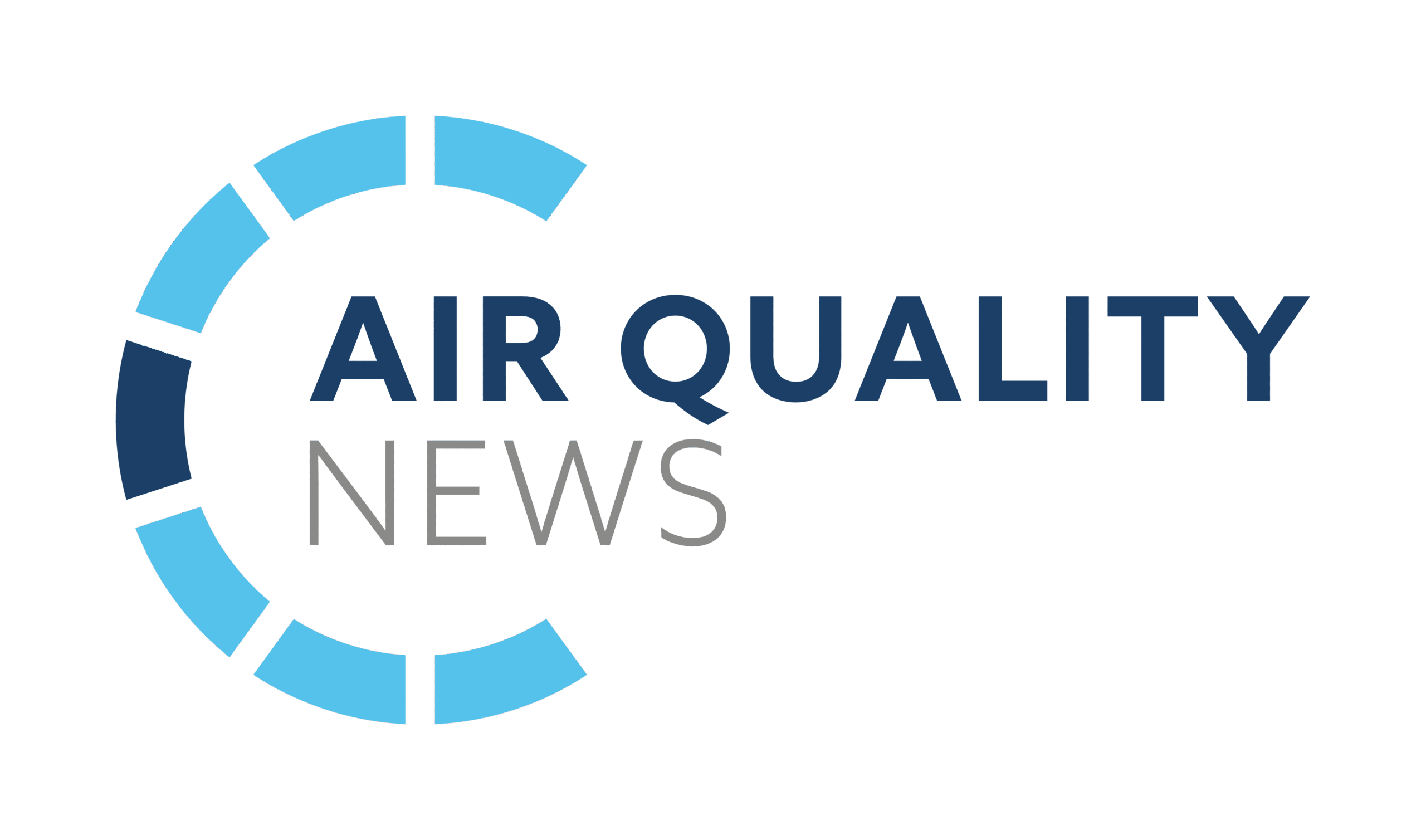


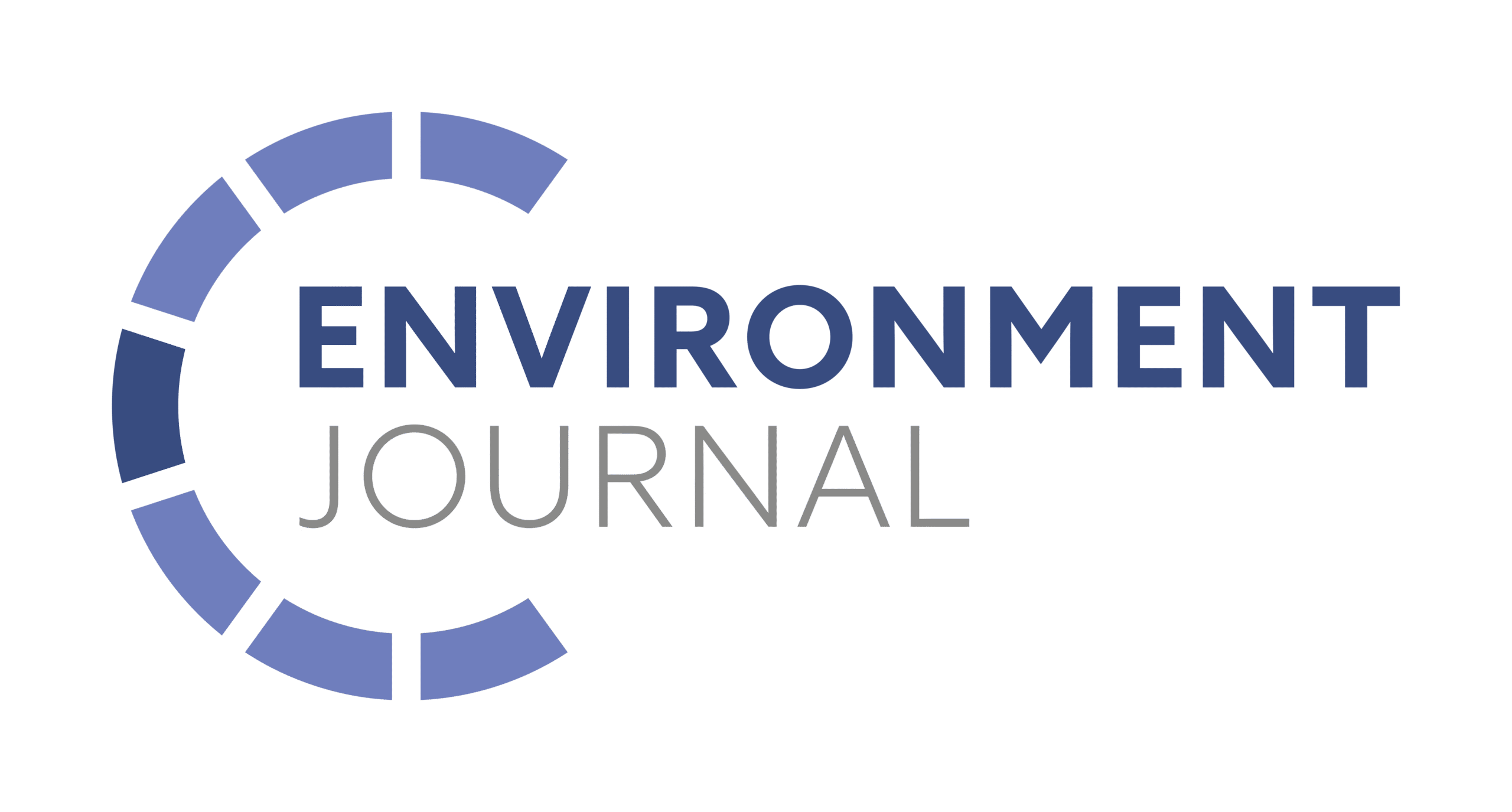






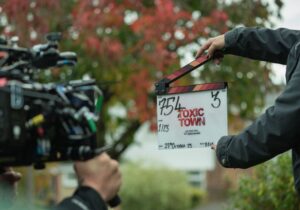

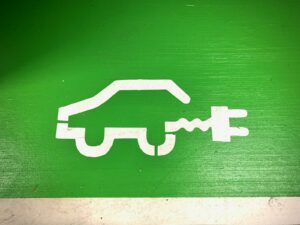

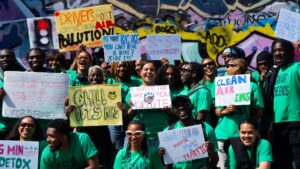

Leave a Reply